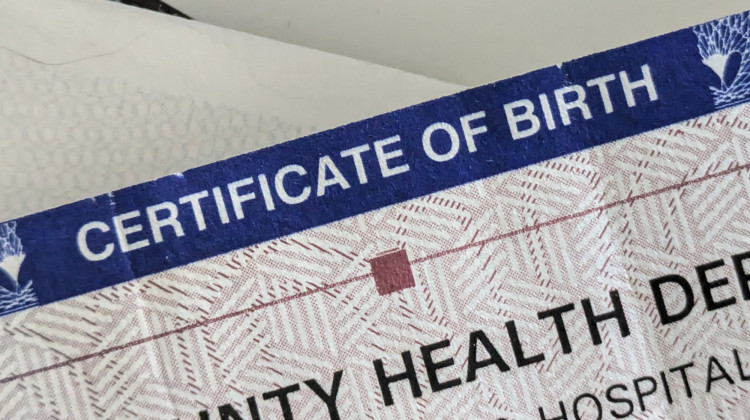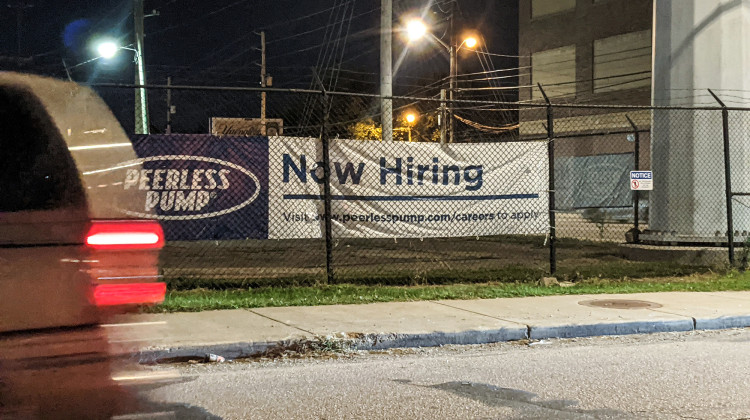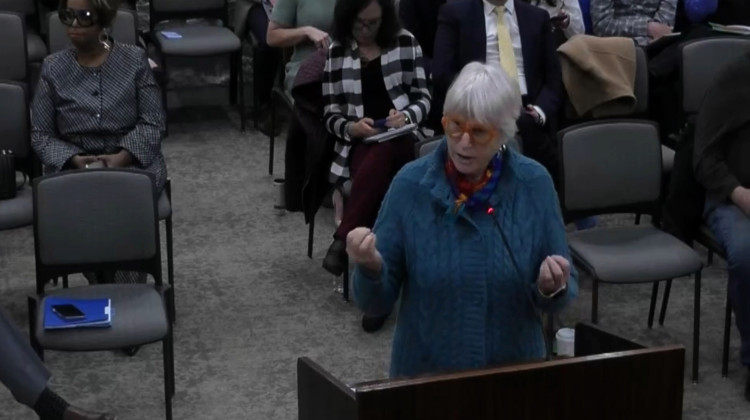The state’s plan to supply water to a planned economic development project could leave utility customers on the hook for associated costs, a ratepayer advocacy group warned in a report released Monday.
Indiana economic development officials want to pipe water from an aquifer in Tippecanoe County to a mammoth industrial campus in Boone County — dubbed the Limitless Exploration/Advanced Pace (LEAP) Research and Innovation District. The pipeline could stretch 50 miles and carry up to 100 million gallons of water daily.
Indianapolis-based pharmaceutical giant Eli Lilly & Co. has planned a $3.7 billion facility at LEAP; the state is also competing to attract a water-guzzling semiconductor manufacturing facility worth $50 billion and other large plants. But Boone County doesn’t have enough water to support such activities.
The quasi-public Indiana Economic Development Corp. (IEDC) has already committed about $972 million to the project, Citizens Action Coalition estimated in its report.
“While the LEAP project is almost wholly speculative in nature, IEDC has committed nearly $1 billion in taxpayer funds already, tossing taxpayer money around like Wall Street speculators,” the coalition wrote. “Hundreds of millions of dollars, much of it for land purchases that far exceed the actual value of the land, have been expended prior to the microchip firm or data center committing to locate in Boone County.”
Costs all around
The final cost would likely be higher, according to the coalition. The initial accounting uses early estimates, and there’s been no public discussion of how to handle the large amounts of waste and wastewater the industrial users would produce.
But it’s not just taxpayer money involved. Utility companies are expected to take on some project components.
Citizens Water, which owns and operates Indianapolis’ water and stormwater system, had filed with state regulators to build and maintain a second pipeline up to 50 miles supplying water to the Lilly portion of the project. But it pulled out in October.
And it’s unclear which electric utility will provide power to the campus.
The coalition said it feared utility customers would bear the costs. The pipeline concept alone could cost about $2 billion, Based in Lafayette reported.
That’s because the IEDC has the statuory authority to approve utility water projects, as well as electric and gas projects, as “targeted economic development projects.”
The coalition noted that a $2.5 billion electric vehicle battery manufacturing plant in Kokomo will bring rate increases to gas and electric customers of Duke Energy Indiana and the Northern Indiana Public Service Company.
“The state is viewing water solely as an economic development tool,” the report says. “This is short-sighted and opportunistic as it assumes that water can be shipped wherever and whenever needed, regardless of the near- and long-term interests of or impacts on communities and costs to taxpayers or ratepayers.”
“This has created a water resource shell-game that will ultimately diminish water resources, increase costs to ratepayers, and foment water wars between communities and regions,” it says later.
The coalition said Hoosier officials should put the project on hold indefinitely, or, if water testing holds up, move ahead with just Lilly’s portion. And it said Lilly should pay for the water infrastructure it requires.
The group also suggested new legislation regulating large water withdrawals, in line with Democrat and Republican lawmakers from the area, and legislation returning authority over groundwater to local units.
And it recommended either replacing the IEDC — reverting it to a traditional commerce department — or reforming it to promote greater transparency and public engagement.
 DONATE
DONATE







 Support WFYI. We can't do it without you.
Support WFYI. We can't do it without you.